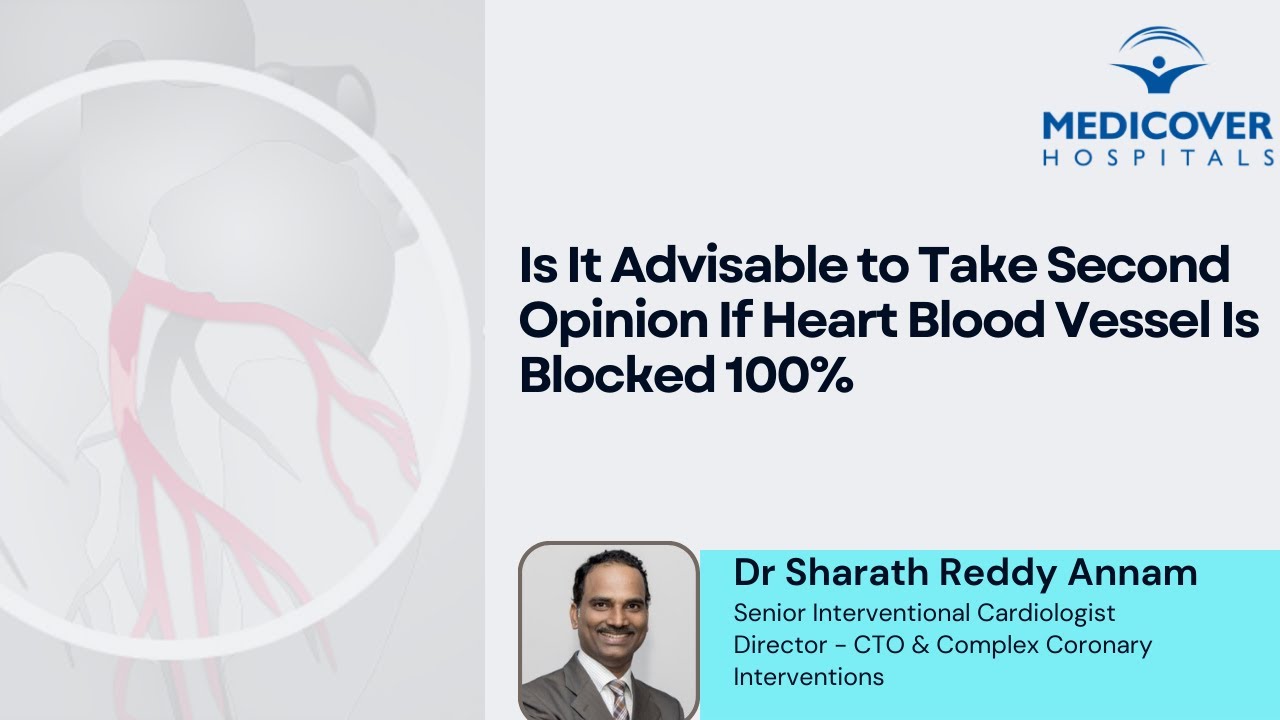
05 Mar Chronic Total Occlusions: Understanding the Success Rate and the Importance of Second Opinions
Introduction
Chronic total occlusions (CTOs) refer to 100% blockages of blood vessels. The success rate of opening these blood vessels can vary depending on various factors, such as the operator’s experience, the availability of hardware, and the team working with the interventionist. This blog aims to shed light on the success rate of CTO interventions and the significance of seeking second opinions in cases of longstanding blockages.
The Factors Influencing Success Rates
When it comes to CTO interventions, three fundamental factors significantly influence the success rate:
- Operator Experience
- Availability of Hardware
- Team Support
The experience of the operator plays a crucial role in the success of these interventions. Additionally, having access to the necessary hardware and a well-coordinated team contributes to achieving better outcomes.
Variation in Success Rates
The success rate of CTO interventions can vary from one medical center to another and from one operator to another. In centers with lower volumes, the success rate may range from a basic 50% to around 93% or 94%. On the other hand, experienced operators working in well-equipped centers have been able to achieve success rates as high as 94%. Therefore, seeking a second opinion becomes crucial in cases where patients have longstanding blockages and 100% occlusions.
The Importance of Second Opinions
Considering a second opinion is highly recommended when dealing with patients who have 100% blockages. By consulting another operator, patients can potentially access a higher success rate of around 94%. The failure rate, in this case, drops to a mere 6%. On the other hand, without seeking a second opinion, the possibility of failure can be as high as 50%, which can have long-term consequences for the patients’ overall outcome. Moreover, additional interventions may become necessary if the initial procedure fails.
Conclusion
In conclusion, chronic total occlusions present a significant challenge in restoring blood flow through blocked vessels. The success rate of CTO interventions depends on factors such as the operator’s experience, the availability of hardware, and team support. Seeking a second opinion is highly recommended for patients with longstanding blockages to increase the chances of a successful intervention. By doing so, patients can reach an operator with a higher success rate, ultimately leading to improved outcomes and avoiding the potential complications of failed interventions.
Dr.Sharath reddy | Best PCI Cardiologist in India | Best CTO Specialist in India | Best PCI expert in India | Best CTO doctor in India |


No Comments